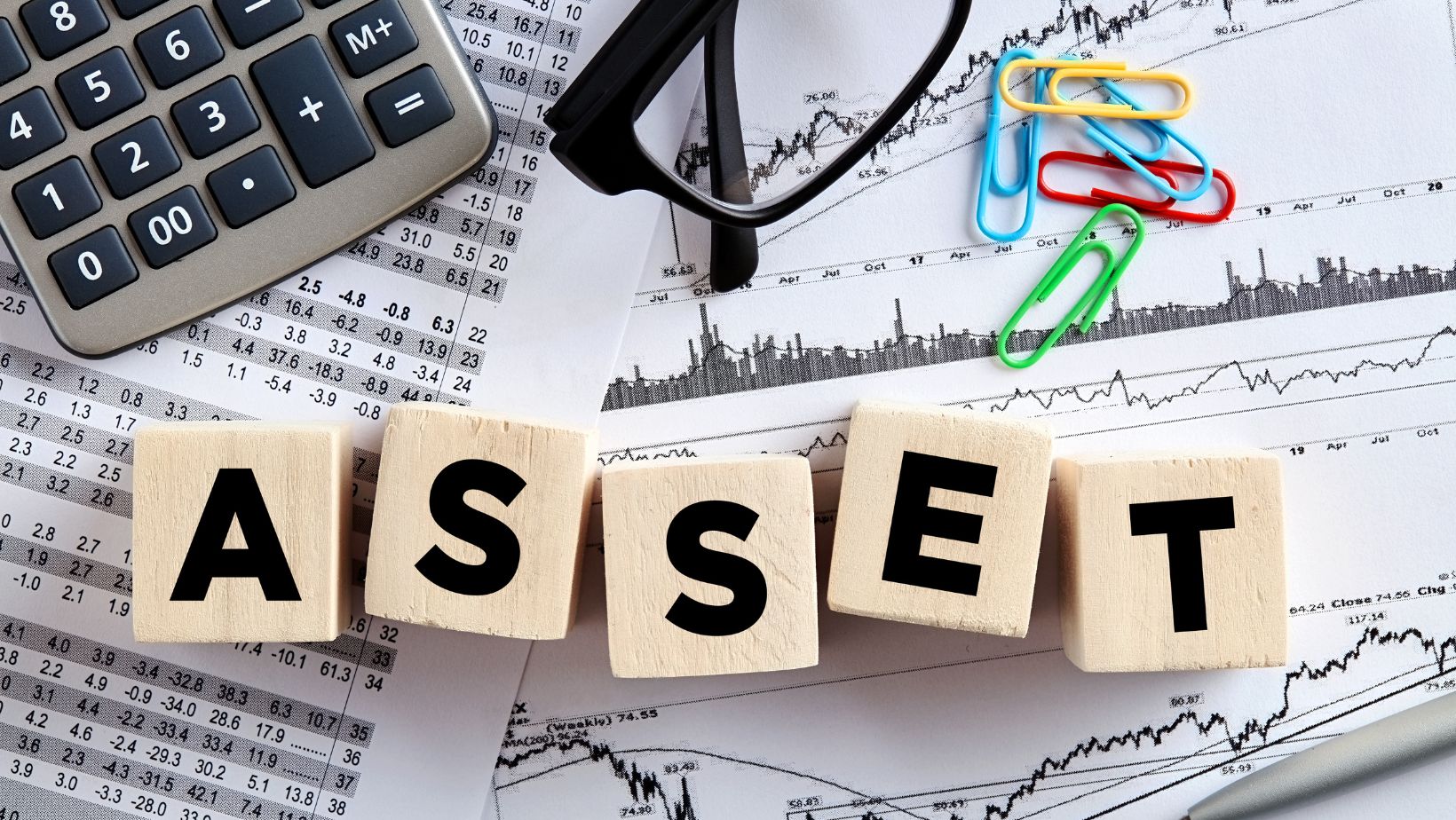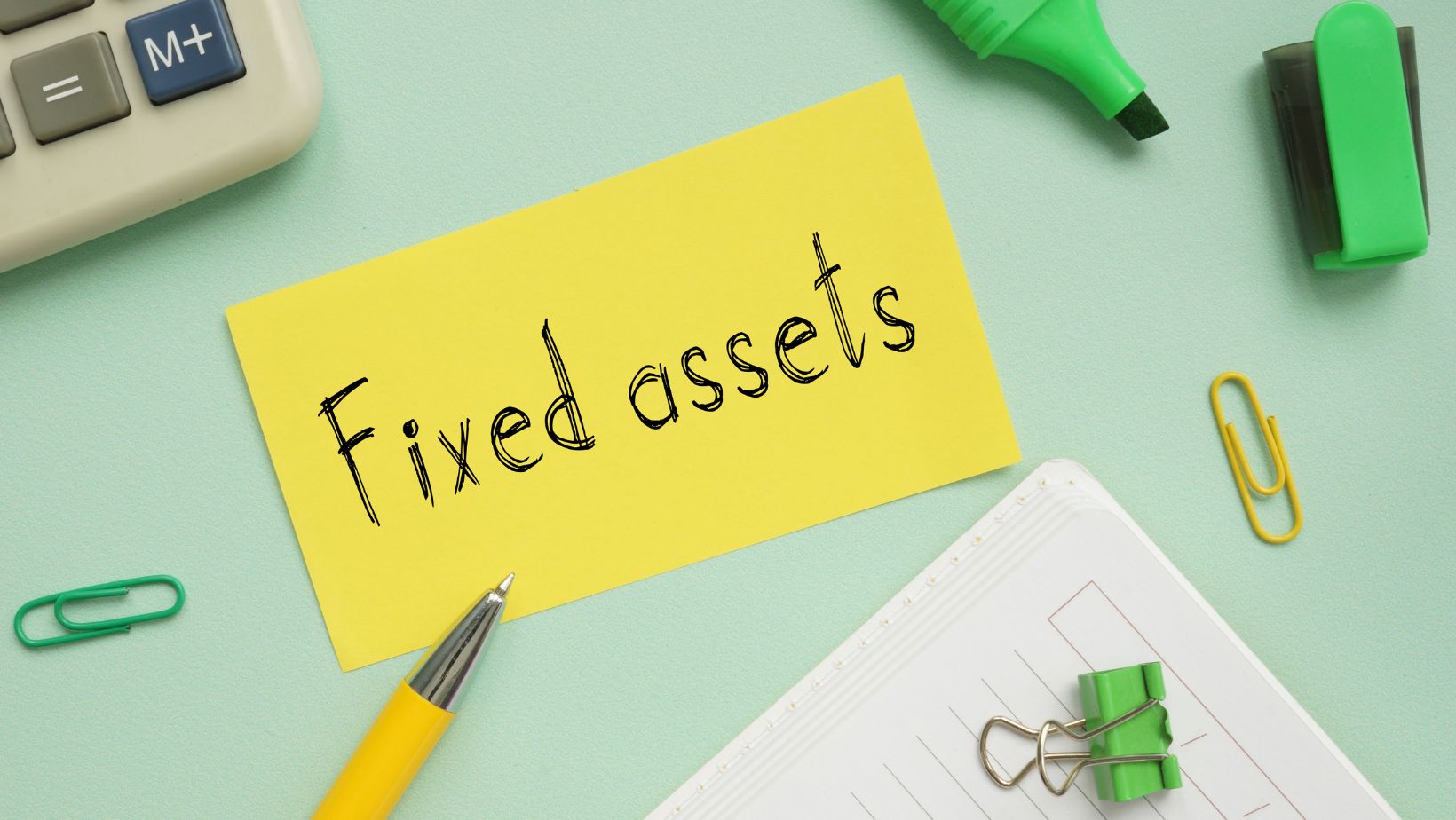In the corporate world, tracking asset value isn’t just about good bookkeeping — it’s about maintaining accurate records for tax, audits, and strategic financial decisions. Fixed asset depreciation for corporations plays a key role in how companies report profits and plan capital investments.
Why Depreciation Matters for Corporations
Assets lose value over time, whether due to wear and tear, obsolescence, or both. Depreciation allows businesses to account for this decline gradually. By allocating part of an asset’s cost over its useful life, corporations reduce taxable income in a fair and consistent way.
Without accounting for depreciation, financial reports could overstate the value of corporate holdings. This directly affects investment decisions, credit evaluations, and regulatory compliance.
Key Concepts in Fixed Asset Depreciation
Every fixed asset for corporations — from delivery trucks to factory machinery — has a lifespan. The value that gets deducted each year is the depreciation expense, calculated based on that asset’s original cost, expected useful life, and potential salvage value.
Corporations typically choose among various depreciation methods depending on accounting goals and legal frameworks. The straight-line method is the most common, dividing asset value evenly across its life. Others use accelerated methods like double-declining balance or MACRS (Modified Accelerated Cost Recovery System), which allow for faster deductions in the early years.
By recognising these changes year over year, companies can track asset value and make smarter budget decisions.
Managing Fixed Assets at Scale
Large organisations may handle thousands of assets, each with different depreciation schedules. This makes the tracking process complicated. A missed update or incorrect estimate can throw off the book value and distort profit statements.
When fixed asset for corporations data is decentralised or tracked manually, the risk of errors increases. That’s why companies rely on structured systems to keep asset schedules consistent and compliant with reporting requirements. Having a clear audit trail and detailed records is not just helpful — it’s often required.
Tools and Software for Depreciation Management
Handling depreciation manually might work for small firms, but it quickly becomes impractical at the corporate level. Specialised software helps automate asset tracking and depreciation calculations, saving time and avoiding misstatements.
These platforms provide visibility into each asset’s lifecycle, allow for easy reporting, and reduce the risk of human error. More importantly, they help teams align with accounting standards and stay ready for audits at any time.
Using software also allows for integration with broader ERP systems, which supports accurate reporting across departments.

















